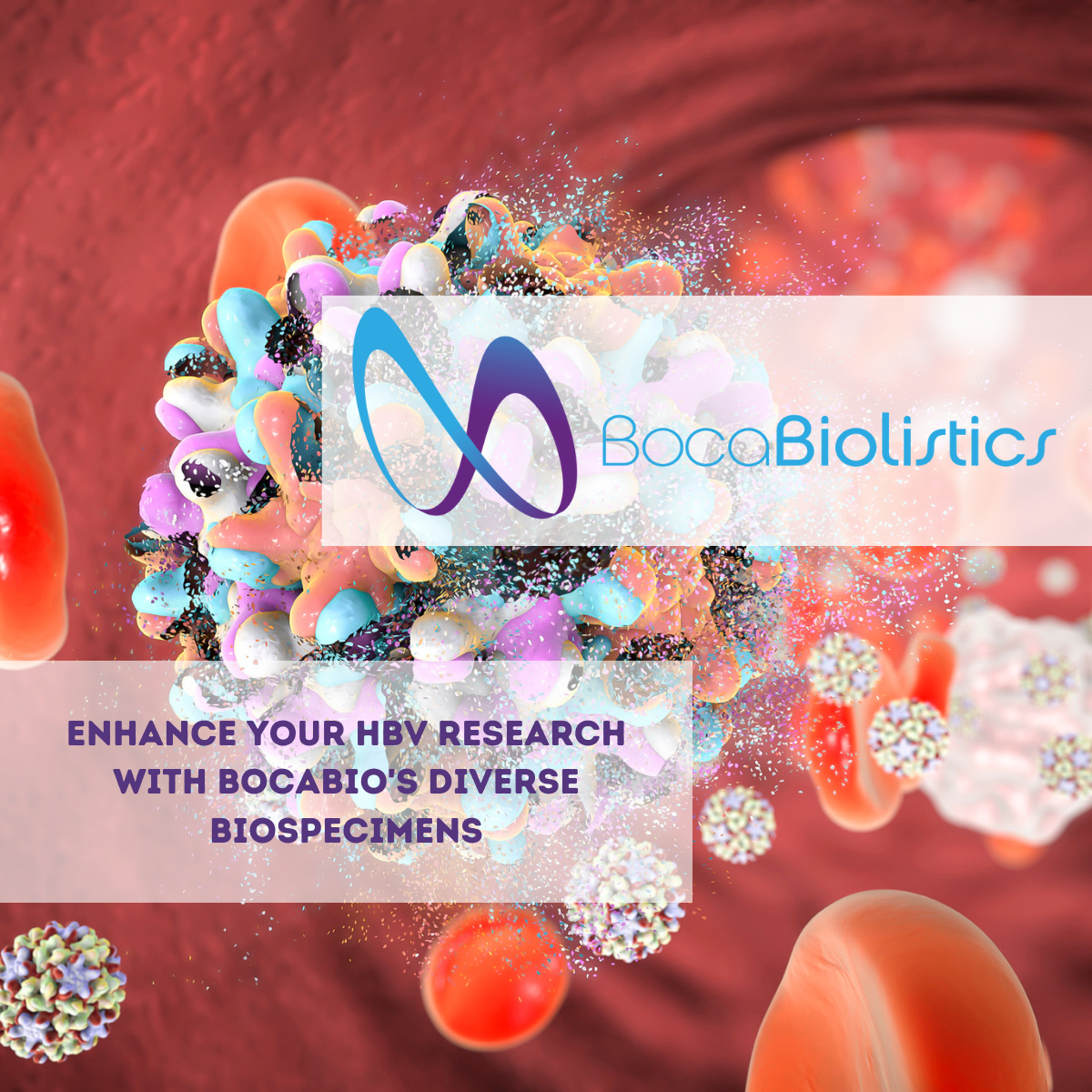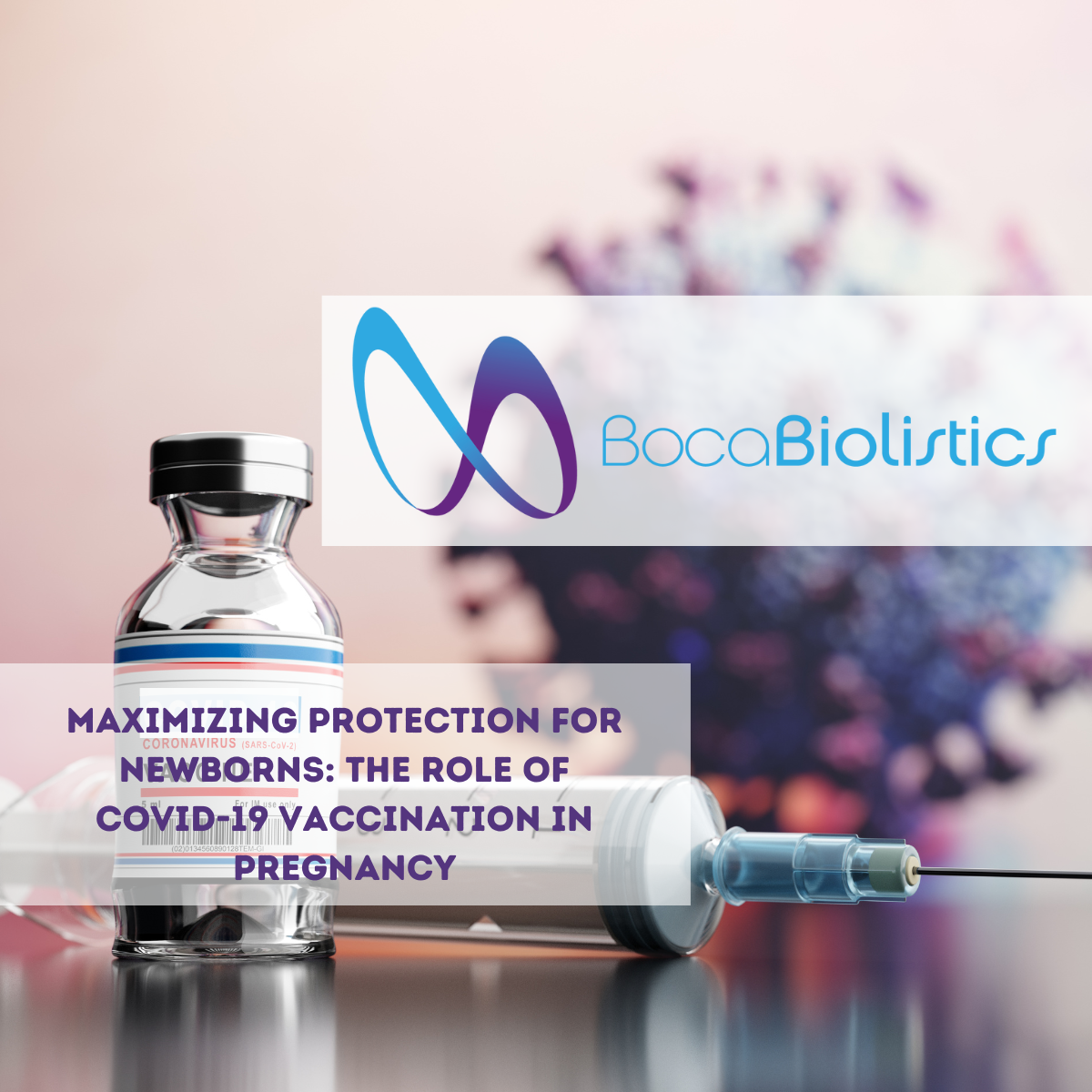Unveiling the Link Between Early RSV Exposure and Childhood Respiratory Morbidity: A Comprehensive Exploration:
In the intricate tapestry of pediatric health, the role of early respiratory syncytial virus (RSV) exposure has emerged as a pivotal factor influencing childhood respiratory morbidity. A recent study, published in Open Forum Infectious Diseases, delves into the depths of this connection, shedding light on the risks associated with RSV infections during the formative years. At Boca Biolistics, we recognize the significance of such research and are dedicated to promoting high-quality and data-rich biospecimens, central lab services, and clinical research services to advance our understanding of respiratory illnesses.
Understanding the Study:
The study, conducted by investigators who explored perinatal and sociodemographic factors, aimed to unravel the complexities of respiratory morbidity in children who contracted RSV during their first two years of life. The research, based on a population-based cohort study using administrative data from over a quarter of a million births in Western Australia, spanned from 2000 to 2009, with follow-up until December 2012.
Key Findings:
-
Age at RSV Infection and Subsequent Morbidity: The study revealed a compelling correlation between the age at which a child contracts RSV and the likelihood of subsequent respiratory morbidity. Children experiencing RSV at less than 3 months had a lower incidence rate (IR) of subsequent respiratory morbidity (16.2/1000 child-years), while those with their first RSV episode at older ages exhibited higher rates (3 months to <6 months IR, 17.2; 6 months to <12 months IR, 23.6; 12 months to <24 months IR, 22.4).
-
Impact of Early RSV Exposure: Early RSV exposure within the first 6 months of life resulted in a comparatively lower incidence of later respiratory morbidity compared to exposure after 6 months, emphasizing the critical role of timing in RSV infections.
-
Gestational Age and Its Influence: Gestational age at birth surfaced as a significant factor influencing later respiratory morbidity. Children born with gestational age less than 28 weeks exhibited the highest incidence, underlining the vulnerability of extremely premature infants.
-
Identified Risk Factors: The researchers identified several risk factors contributing to subsequent respiratory morbidity, including extreme prematurity, low socioeconomic index, age at the first RSV episode (6 to <12 months), and maternal history of asthma.
-
Gender Disparities and Maternal Smoking: Boys testing negative for RSV in the first 2 years of life demonstrated a 1.38-times greater risk for later respiratory morbidity compared to girls. Additionally, children of mothers who smoked during pregnancy faced a 1.01-times greater risk.
The study's findings underscore the intricate interplay of various factors in shaping respiratory health during childhood. The researchers advocate for a nuanced approach, particularly in recommending nirsevimab for children approaching their second RSV season, emphasizing the importance of timing in preventive interventions.
Study Limitations and Future Considerations:
While the study provides valuable insights, it acknowledges limitations, such as the use of ICD codes and potential sampling bias. As we navigate the landscape of pediatric respiratory health, continuous research and advancements in methodologies will be crucial to refining our understanding.
The study's revelations on the relationship between early RSV exposure and childhood respiratory morbidity underscore the need for continued research and innovative solutions. As we champion the cause of pediatric health, Boca Biolistics stands at the forefront, offering unparalleled support through our biospecimens, central lab services, and clinical research services. Together, let us pave the way for a healthier future for our children.
We want to put our tools in your hands so that together, we can continue Driving Science Forward.
References: Sarna M, Gebremedhin A, Richmond PC, Glass K, Levy A, Moore HC. Factors predicting secondary respiratory morbidity following early-life respiratory syncytial virus infections: population-based cohort study. Open Forum Infect Dis. Published online October 2, 2023. doi:10.1093/ofid/ofad450


.png)






